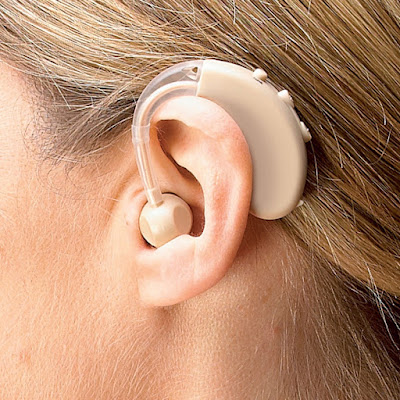Biomedical engineering works towards innovating technological devices to ameliorate problems faced by people with disabilities. Through rehabilitation engineering, the application of science and technology that caters to the needs of PWDs, state-of-the-art assistive devices are being developed to enhance the quality of lives of PWDs.
| Image source: umich.edu |
Assistive technology is defined by the law as any item, piece of equipment, or product used to increase or improve functional capabilities of individuals with disabilities. This includes a broad range of devices, strategies, and services aiding the accomplishment of a physical activity. Prosthetics and orthotics design and assistive technology production are just some of the direct applications of biomedical engineering.
With advances in the field of biomedical engineering, innovations in prosthetic designs are continually fostered. Few experimental prostheses have been integrated with body tissues, and these devices can respond to commands from the central nervous system. Development of these highly advanced artificial devices can closely approximate normal movement and utility. Aside from devices aiding mobility, biomedical engineers are also working on assistive devices for people with sensory impairments. Bioengineers develop auditory and tactile vision substitution systems, digital hearing aids, and electronic enunciators for people with visual or auditory impairments.
Tapping the expertise of biomedical engineers is crucial to achieve our vision of a more inclusive and PWD-friendly society.
 |
| Image source: insurancetrak.com |
Akash Monpara is a biomedical engineering student at Johns Hopkins University. Learn more about this field by subscribing to this blog.